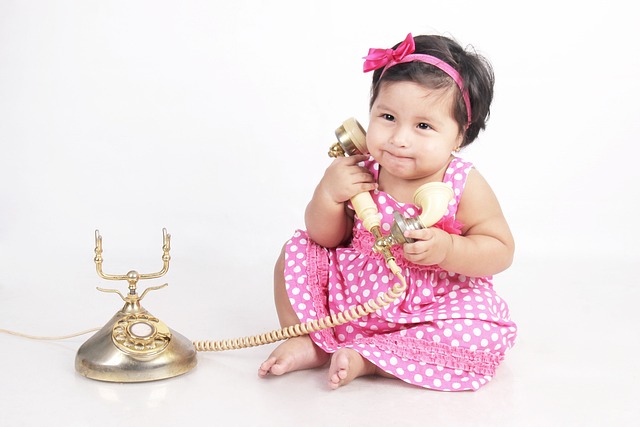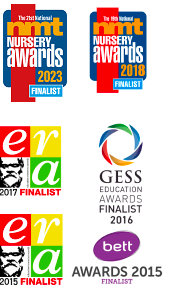How do you implement Communication and Language development in Early Years settings?
How are you inclusive when English may not be a child’s first language?
‘Communication and Language’ is one of the key areas in child development. Frameworks assess children’s ability to understand, pay attention, listen and speak and there are a range of ways children progress in this area. It’s important to provide opportunities for children to listen to stories, express and articulate their feelings, develop their own narratives, connect with ideas or events and respond appropriately to what people say.
‘Communication and Language’ is how we get to know each other and developing strong communication and language skills from a young age is an essential foundation for life. The development of these skills is paramount to promote self esteem, independence and confidence and in turn helps friendships flourish, which are incredibly important for children.
Language is a catalyst for learning and a method for practitioners and parents to teach and for children to learn.
How you can be a good role model:
- Make eye contact
- Use age or ability appropriate words
- Differentiate your tones depending on the message being spoken
- Label items and objects
- Use full sentences
- Repeat children’s sentences back to them, replacing mistakes with corrections
- Comment on and describe what you are doing
- Allow children to explore whispering and shouting
- Expand on the words children use
- Be patient and give children plenty of time to find their words
- Speak calmly and clearly
- Most importantly, remember to listen
How you can provide learning opportunities:
- Circle time
- Singing songs
- Sensory play
- Describing games
- Show and tell
- Role play
- Rhythms and rhymes
- Guessing games
- Reading books
As part of the child profile in eylog we have included a “My World” section, where key information about a child’s lifestyle is captured.
This information enables key-workers to build relationships with children, and importantly allows them to be relevant and personalise these connections, encouraging communication and language about children’s lives in and outside of the setting.

